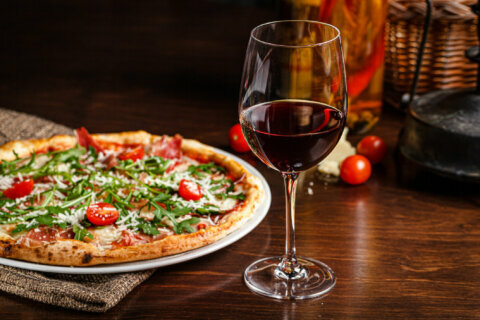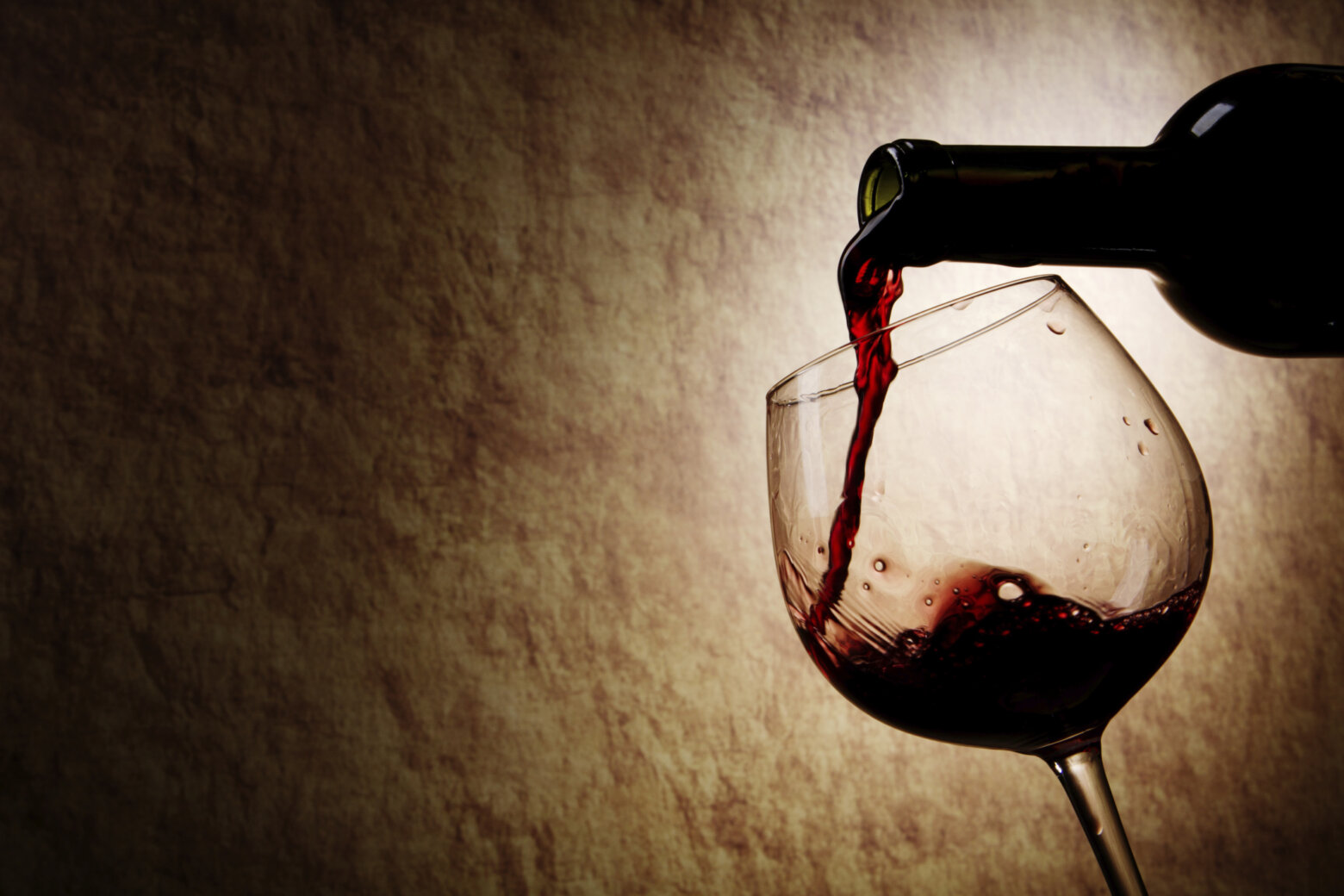WASHINGTON — Three hundred years is a long time. But what is really surprising is how fast it goes by when you’re the oldest designated wine region in Italy. That is the claim to fame for the Chianti region this year. On Sept. 25, 2016, the Chianti Classico region officially turned 300.
The area now known as “Chianti Classico” was determined in 1716 by Cosimo III de’ Medici, the Grand Duke of Tuscany, who established the first official boundaries of the Chianti region in what is today part of the Chianti Classico DOCG.
The Chianti Classico region stretches between Florence and Siena and includes 14 municipalities, among them Castellina in Chianti, Gaiole in Chianti and Radda in Chianti, as well as part of the territory of Castelnuovo Berardenga and Poggibonsi in the province of Siena.
How did part of the Tuscan region end up in Siena? Funny you should ask.
A little old-fashioned gumption and a hungry rooster played a key role in how the region was divvied up. Legend has it that in the early 13th century, Florence and Siena decided to put an end to their fight over the Chianti region. It was decided that two knights would depart from Florence and from Siena at the same time, and wherever they met would be the border between Florence and Siena. The riders would depart at dawn, when the rooster sang.
However, the Florentines got a black rooster and kept it for a few days in a box with no food. On the day of the race, the hungry rooster was taken out of the box and began to crow much earlier than dawn, so the Florentine knight left – legitimately, according to the rooster rule – much earlier that the Knight from Siena. By the time the two knights met up, the Florentine Knight was only 20 km from Siena walls. Since then the black rooster has been the symbol of Chianti and the Chianti Classico seal is a black rooster (Gallo Nero in Italian) on a gold background.
Today, this famous wine region is still producing some of the best-known wines in Italy and is controlled by the strict guidelines of the the Denominazione di origine controllata (DOC) and Denominazione di Origine Controllata e Garantita (DOCG). Most Chianti falls under two major designations of Chianti DOCG, which includes basic level Chianti and Chianti Classico DOCG. The latter has to follow very specific rules. For example, a Chianti Classico may be blended with other native and international varietals, but it must contain at least 80 percent Sangiovese.
And even beyond Chianti Classico is Chianti Classico Reserva where only the best Sangiovese grapes are used to produce Chianti Classico Riserva. These wines require a minimum maturation of 24 months, including three months of bottle aging, before they are released for sale to the public.
I recently caught up with Andrea Cecchi, owner of the famous 100-year-old Cecchi Winery. He was in town to present a commemorative magnum bottle of Chianti Classico to the Italian Ambassador in D.C. as part of a world-wide tour to celebrate and promote the 300th anniversary of Chianti. I was fortunate to taste some of the wines from the Chianti Classico region and learn what 300 years of experience tastes like.
While not technically a “Chianti Classico,” the 2014 Cecchi La Mora Vermentino is a refreshing way to start an evening with friends. Mora means “horse” in Italian, a tribute to the cattle-herding cowboys that historically lived in the region. The wine is vinified in stainless-steel tanks to preserve the fresh, aromatic qualities of the grapes, with a touch of Malolactic fermentation to provide richness, the wine offers up beautiful scents of citrus on the nose and lush yet crisp flavors of guava, pineapple and nectarine on the palate. Delightfully zesty acidity keeps the palate refreshed and the wine food-friendly. It’s fresh and floral and pairs well with seafood dishes, such as shrimp scampi or seared scallops and even sushi. $20
This Chianti Classico is Cecchi’s most popular wine. The 2014 Cecchi Chianti Classico is made in a traditional style from 90 percent Sangiovese grapes and offers us opulent aromas of fresh blackberry, with a hint of herbs on the bouquet. Intense yet balanced flavors of black cherry and red plum are lifted up with hints of tobacco and earth on the bright finish. It’s an ideal companion with burgers, pizza or pasta. $20
The Cecchi Chianti Classico Riserva di Famiglia is a wine only made in years that the grape harvest is of the highest quality. Thankfully, the 2013 made the cut. The 2013 Cecchi Chianti Classico Reserva is rich and elegant in texture, chalked full of black cherries and violets scents on the aromatic bouquet while elegant flavors of rich plum, black raspberries and red licorice glide over the tongue, supported on the backbone of soft tannins. This wine has remarkable depth and balance. $40
The Cecchi version of the ultra-luxurious Super-Tuscan wine is the 2011 Cecchi Coevo. The word coevo means “contemporary” in Italian, the perfect name for this elegant and sophisticated wine. It combines the historical winemaking techniques of Chianti Classico with the innovative styles of wine in the New World. The blend in Coevo changes with every vintage, but the 2011 version is a blend of 50 percent Sangiovese with Cabernet Sauvignon (20 percent), Merlot (20 percent), and Petit Verdot (10 percent). It is a deeply layered wine with bold notes of dark cherry, blackberry and black licorice that are softened and enhanced by spice, leather and tobacco highlights. The finish is beautiful and polished, with just a hint of damp earth and mushroom to provide depth. Drink it now or save it for a few years for maximum payoff. $105







